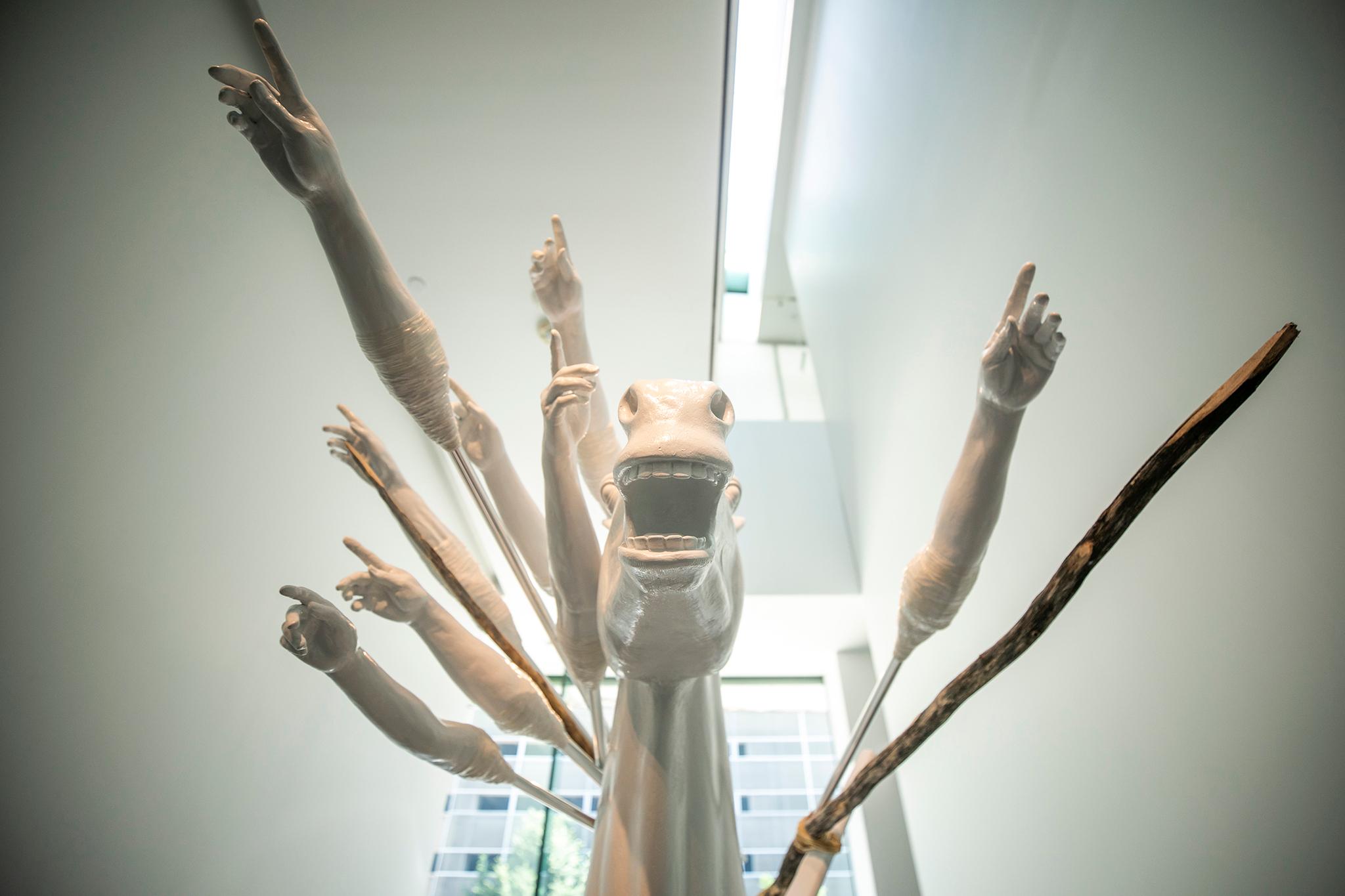Large collages of layered red paint, diagonal lines and faint silkscreen images stick out from the walls as a video of two people reenacting stress positions on street pavement plays. It's difficult for the eyes to reconcile the images within these collages, but the longer one looks, the clearer the layered histories become.
The Museum of Contemporary Art (MCA) is now hosting two summer exhibitions featuring the works of Tomashi Jackson and Boulder-based artist Anna Tsouhlarakis.
The exhibitions will be on display until Sept. 10 and visitors can also plan to attend talks with Jackson on Aug. 1 and Tsouhlarakis on June 27 at MCA's Holiday Theater.
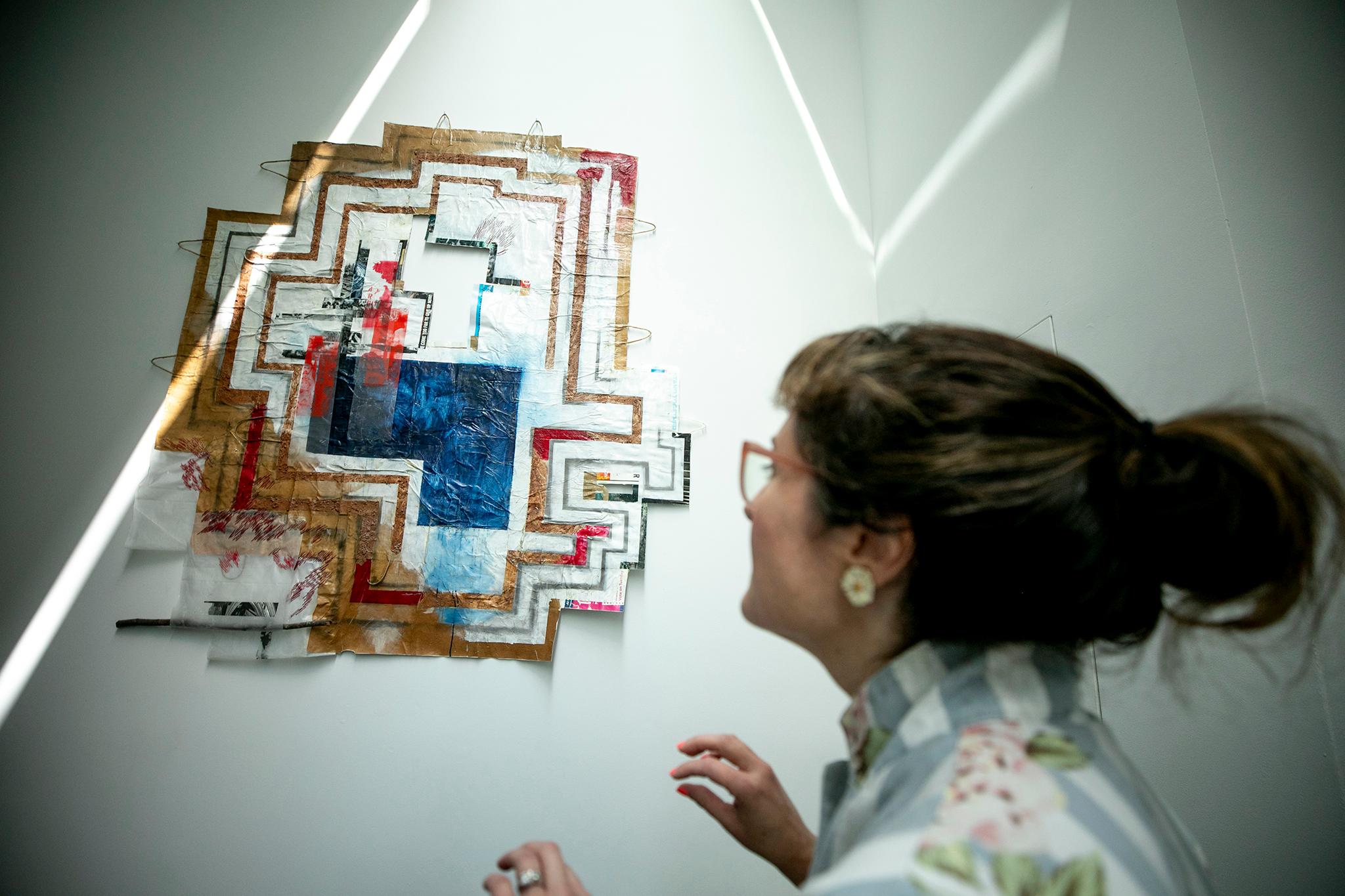
Tomashi Jackson specializes in creating research driven work using paintings, printmaking, video, photography, fiber and sculpture. Titled, "Across The Universe," the exhibition both celebrates and investigates the experiences of American communities of color as they pertain to issues of voting rights, housing, redlining, access of transportation and police brutality.
"What makes this show special is that she's done these projects and investigations in Texas, Ohio, Georgia, the Hamptons. But this is the first show to bring the projects together," said museum curator Miranda Lash.
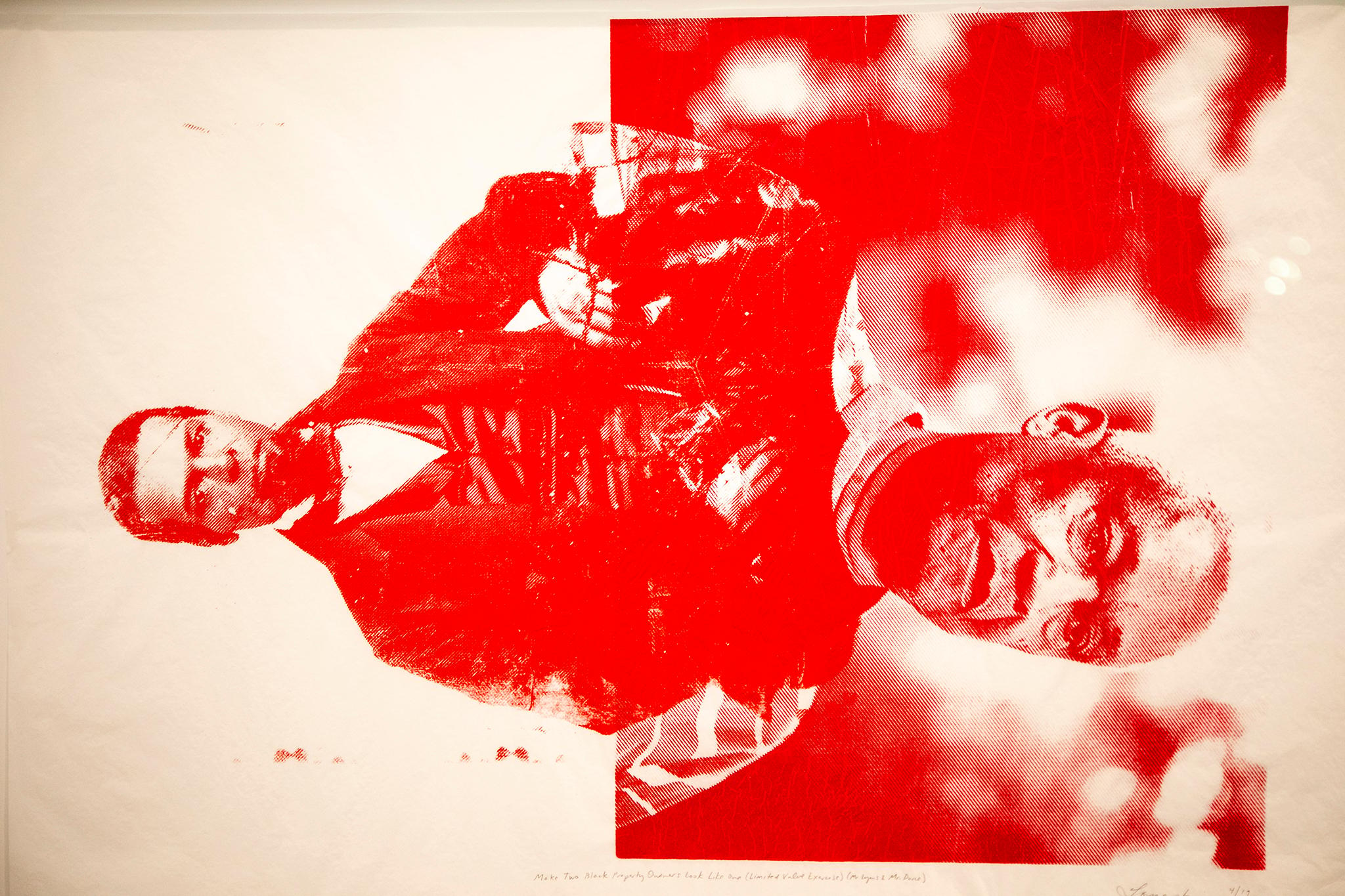
In her silkscreen print, titled "Make Two Black Property Owners Look Like One," Jackson plays with color to bring together two histories of Black property ownership in New York.
On the left is an image of Albro Lyons, a nineteenth-century abolitionist and resident of Seneca Village. The Lyons family owned property in one of the first free Black communities in New York before residents were displaced for the construction of Central Park.
On the right is an image of McConnell Dorce, a Brooklyn man who lost his property to New York's Third Party Transfer program in 2018, which can declare buildings derelict, seize the building and hand it to developers for a nominal fee or, in some case, for free.
"When you look at these histories in juxtaposition, they become almost indistinguishable," Lash said. "These are actually two different reds. [One] is more orange and [the other] is more purple. Something that she's really great at is applying color theory to social history."

Jackson's work is heavily informed by Josef Albers' theory of Color Relativity, which is based on how colors are seen relative to its surroundings.
"When you see two colors in juxtaposition in a painting, the colors inform each other." Lash explained. "If you see orange next to black, it looks lighter or brighter next to white."
This idea has then been incorporated in Jackson's work over the years by layering and collaging images of landmark court cases, such as 1965's Brown v. Board of Education, which questioned society's perception of skin color with contemporary examples of police brutality.
Jackson will often use colors in high contrast that are opposite on the color wheel to intentionally make it difficult for the eyes to translate what they are seeing.
"These are intertwined legacies. They are not separate. It applies to how we operate in society too. When you have ideas in high contrast, that's where the tension is," Lash said.
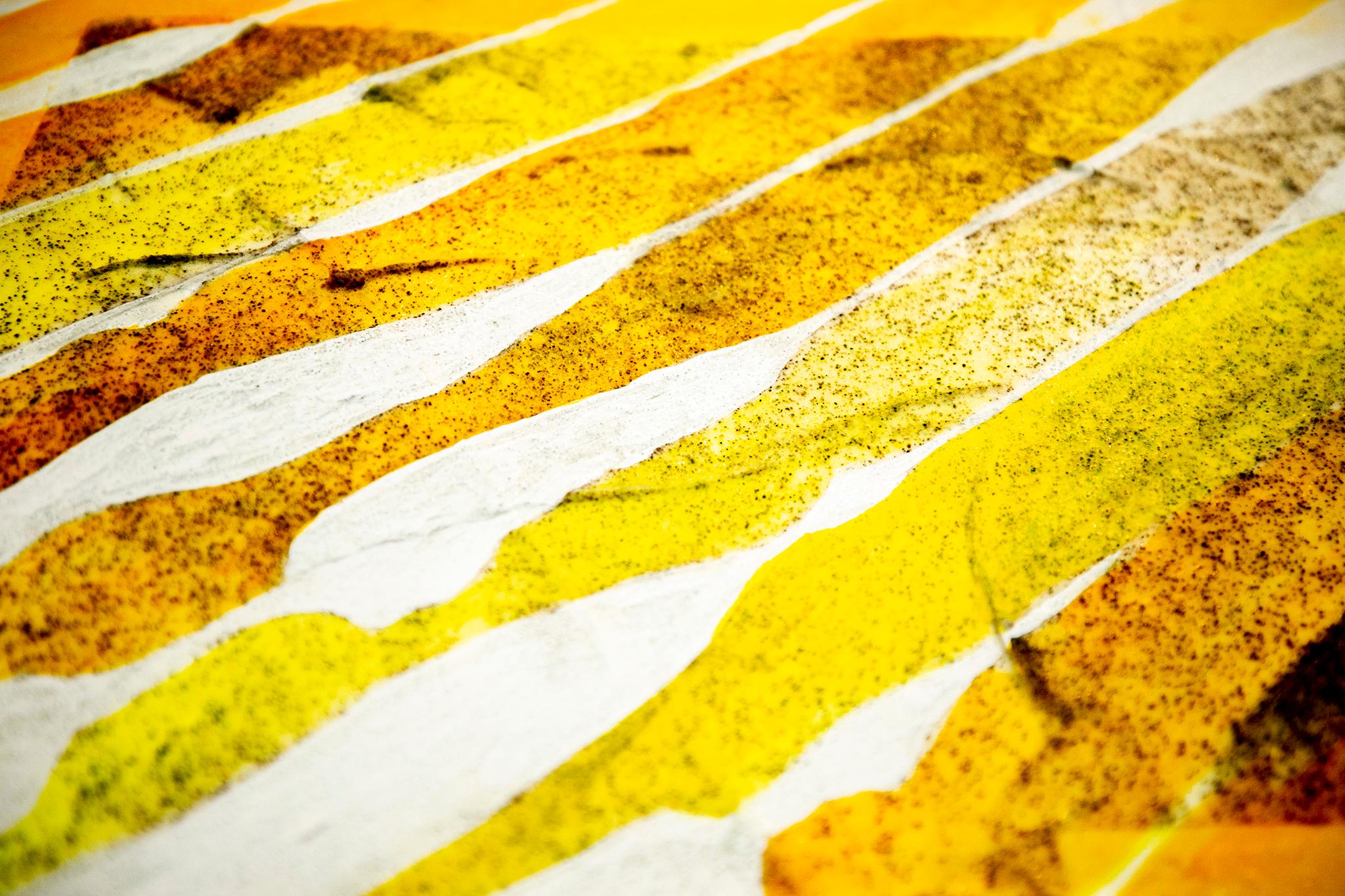
The artist also uses materials in places she's investigating, such as soil from Texas and election ephemera from Georgia, as backings for paintings. She most recently employed marble dust as part of her most recent work on Colorado.
The exhibit features 9 years of work by Jackson and begins in the upper level. It concludes with her most recent work in the lower level, featuring a video she recently filmed in Colorado's Great Sand Dunes.
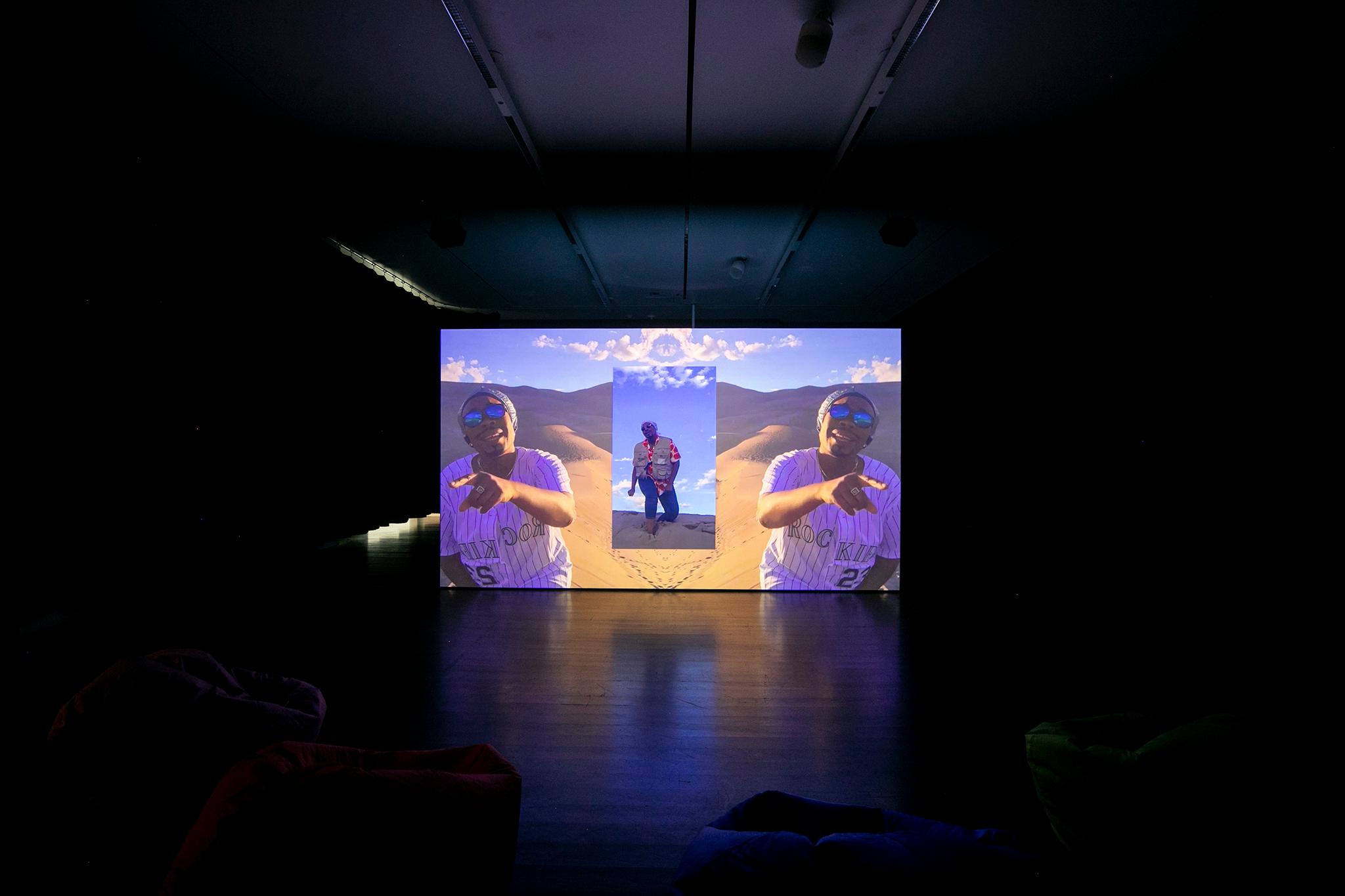
The first level will also feature an exhibition by Boulder-based artist, Anna Tsouhlarakis, who uses minimal text, color and humor to subvert non-Native expectations of what Native art should or shouldn't be.
Titled "Indigenous Absurdities," the Navajo, Creek and Greek artist gives the viewer an inside look into her own identity.
"Humor is kind of an inroad into looking at community, it's a way of marking that you're part of a group, when you have a joke that you understand," said museum curator Leilani Lynch.
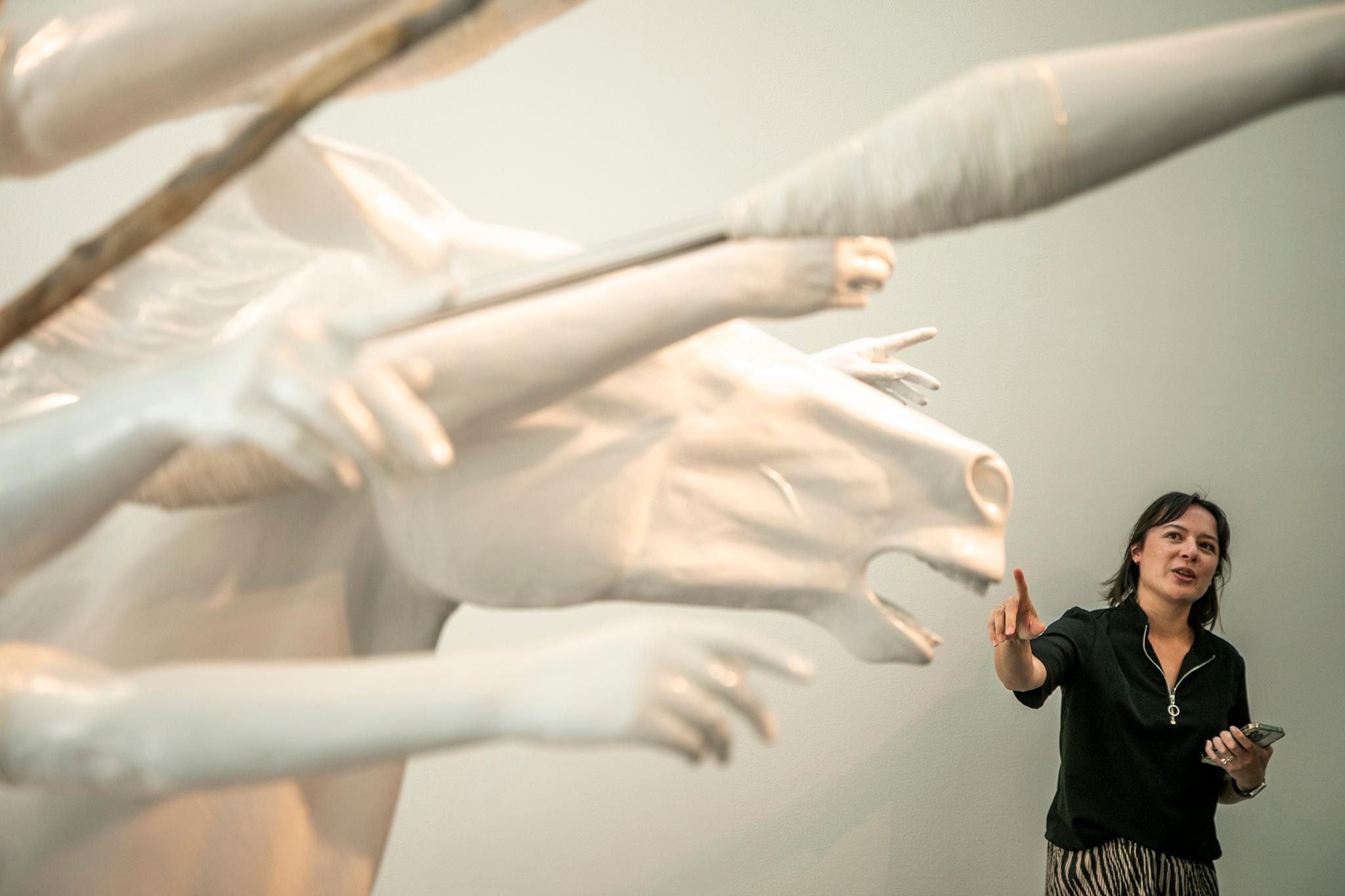
In her sculpture titled, "She Must Be A Matriarch," the artist plays off of a 1918 sculpture by James Earle Fraser that depicts a slumped over Native man on horseback. Fraser's piece has become an iconic symbol of Native identity since it debuted. Tsouhlarakis turns this image on its head and presents a female-forward piece that depicts women's hands pointing forward.

Works in the exhibition often use prototypically Native materials, such as binding leather, bead work and tobacco lids, which are traditionally used for Native jingle dresses. But there are also many instances of contemporary materials, such as blown up condoms, a metal wrench, beer kegs and Ikea furniture.
Each work is titled with a joke, pulling from modern sources like billboards or social media memes.
"In her perception of what is expected of Native artists today is a lot of traditional, craft based work. She's pushing against that with a more minimal aesthetic, as well as humor too," Lynch said.

Tsouhlarakis' exhibition is different from Jackson's in that color is mostly absent, but it similarly attempts to investigate the ongoing narrative of community groups by challenging or resurfacing the histories that have shaped today's experience.
"When we were thinking about how these exhibitions would fit together, we wanted to work with artists that had through lines and complemented each other," Lynch said. "They both look at histories and communities in a deep way, just through their own approaches."

